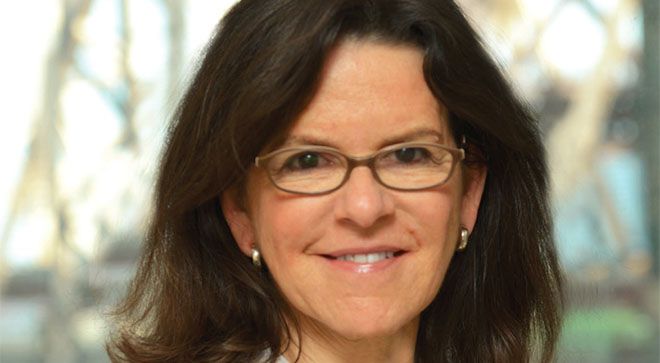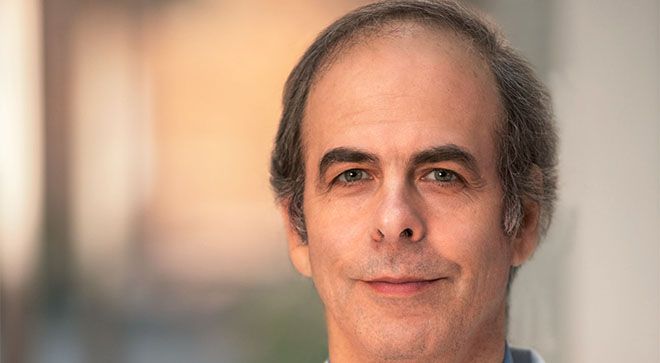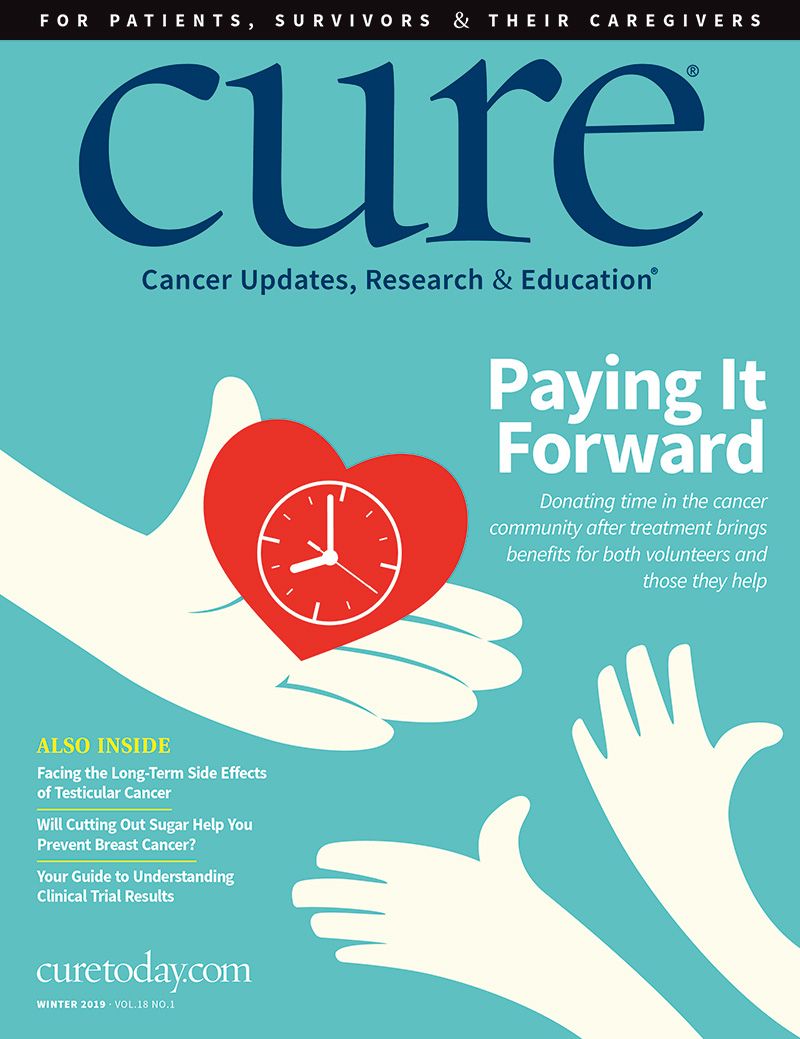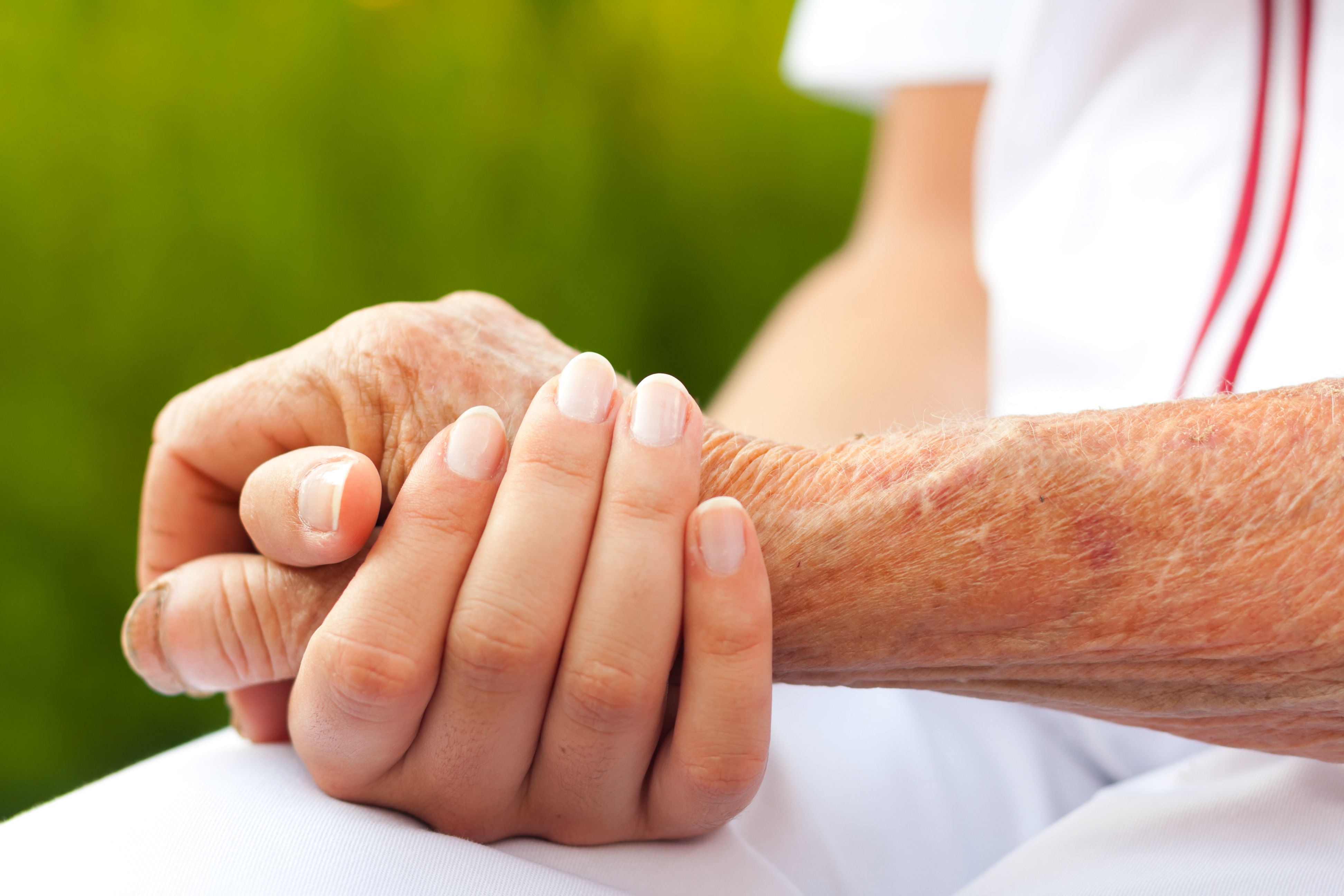Publication
Article
Sweet Surrender: Will Cutting Out Sugar Help You Prevent Cancer?
Author(s):
Banishing sugar and extra body fat can be important tools in preventing cancer.
The latest findings about the dangers of eating sugar and carrying extra body fat may spell bad news when it comes to dietary freedom, but being aware of them gives people the power to lower their cancer risk.
Recent studies confirmed that two diet-related culprits can contribute to the development of cancer: eating sugar, which increases the body’s production of insulin, and having excess body fat, which leads to inflammation. Perhaps surprisingly, these processes happen not only in those who are obese or overweight but also in people who are considered a normal size based on their body mass index (BMI).
The bottom line is that avoiding both sugar and overeating are important ways for everyone to help prevent cancer.
Those ideas were discussed Oct. 22, 2018, during the 36th Annual Women’s Health Symposium hosted by Weill Cornell Medicine and NewYork-Presbyterian, both in New York City. “Not So Sweet: The Hidden Cancer Risk of Sugar and Inflammation,” attended by about 300, benefited the Iris Cantor Women’s Health Center.
“The topic today is near and dear to everyone’s heart,” said Orli R. Etingin, M.D., founder and director of the women’s health center. “Sugar was always a villain, but sugar is a new villain now because it’s contributing to inflammation in cancer, not just diabetes and obesity — as if that was not enough.”

Orli R. Etingin, M.D.described sugar as a villain.
SUGAR AND CANCER
Eating a lot of sugar, especially quickly digested types such as high-fructose corn syrup, can launch a dangerous cascade of events, explained Lewis Cantley, Ph.D., director of the Sandra and Edward Meyer Cancer Center at Weill Cornell Medicine.
Ingesting sugar raises glucose levels in the blood, triggering the pancreas to produce insulin. The enzyme PI3K responds by producing a lipid known as PIP3 — discovered by Cantley and colleagues in 1988 — that helps insulin move glucose into the muscles and liver. However, if generated at too high a level and not removed through normal body processes, PIP3 is capable of causing cancer.

Lewis Cantley, Ph.D., explained how too much sugar can cause insulin resistance. "We don’t see an effort to control excess body fat in cancer patients today,” says Cantley.
That dynamic can kick in when people eat too much sugar over a long period of time, leading to a condition called insulin resistance, in which the muscles and liver no longer respond to insulin.
“Fifty percent of Americans are insulin-resistant, but most don’t yet have type 2 diabetes because their pancreas makes enough insulin to keep glucose in control — but they have high insulin around the clock,” Cantley said. “Insulin resistance can progress into type 2 diabetes, but even if it doesn’t, if a tiny tumor is growing in the body and it develops a genetic mutation in the PI3K pathway, it will respond to the high serum insulin, activate PI3K and drive glucose into the tumor, not muscle. We have known that tumor cells take up glucose at a higher rate than healthy tissue for nearly 100 years and use this observation to visualize tumors by a technique called fluorodeoxyglucose positron emission tomography (FDG-PET). Now we know why.” Cancer types that can be driven by PI3K mutations include uterine, cervical, breast, ovarian, colorectal, brain and bladder.
Insulin resistance can be treated, he said. The drug metformin lowers the amount of glucose in a person’s body. But diet can make an even bigger difference, according to Cantley: On the high-fat, low-carbohydrate ketogenic diet, both glucose and insulin levels drop. The diet is also likely to improve the effectiveness of PI3K inhibitors, targeted drugs given to treat some cancers in which the enzyme isn’t working normally.
The ketogenic diet isn’t reserved for people who are insulin-resistant, Cantley noted; almost anyone inter­ested in preventing cancer can follow it. The diet not only controls insulin levels but also boosts weight loss, depriving any malignant cells of the glucose they crave, he said. Before switching to this eating plan, people should consult their doctors to make sure it is right for them. Short of adopting a ketogenic diet, strictly eliminating sugar offers an easy way to prevent insulin resistance, and there is no health risk in eating a sugar-free diet.
A blood test can reveal insulin levels by measuring hemoglobin A1C, which reflects average blood sugar over the past several months. According to the National Institutes of Health, a normal hemoglobin A1C level is below 5.7 percent. A prediabetic level is between 5.7 and 6.4 percent; higher results indicate diabetes.
THE FAT FACTOR
Excess body fat also raises the risk of cancer, whether the person is obese or of normal size, explained Andrew J. Dannenberg, M.D., associate director of cancer prevention at the Sandra and Edward Meyer Cancer Center. Normal-size women who are postmenopausal and have higher amounts of truncal fat, insulin and leptin (a hormone that controls appetite) — termed “metabolically obese” — are at increased risk of breast cancer, he said.

Andrew J. Dannenberg, M.D., explained that excess body fat raises the risk of cancer.
Excess body fat is also associated with a worse outcome for some types of cancer. “Yet, we don’t see an effort to control excess body fat in cancer patients today,” Dannenberg noted. Diseases associated with excess fat include cancers of the esophagus, stomach, colon, rectum, liver, gallbladder, pancreas, breast, uterus, ovary, kidney, brain (meningioma), thyroid and blood (multiple myeloma), he said. In breast cancer, obesity is a risk factor for the type driven by the hormone estrogen in postmeno­pausal women and signals a poorer prognosis.
Exactly how does body fat contribute to cancer? Excess body fat is associated with a variety of systemic changes, including elevated blood levels of hormones such as insulin and estrogen, which can contribute to the develop­ment of some breast cancers. It is also linked to body chemicals that kick off the inflammatory process and local changes in breast tissue, such as inflammation.
In the breasts of obese or metabolically obese normal-size women, fat cells are enlarged and, as a result, eventu­ally outstrip their oxygen supply and become stressed or die, Dannenberg said. This attracts immune cells known as macrophages, which close in on the dead cells and consume them. The macrophages emit proteins known as cytokines, which contribute to insulin resistance. The whole process is an inflammatory reaction.
Breast inflammation is associated not only with increases in blood levels of leptin, insulin and triglycerides (a type of fat) but also with elevated levels of aromatase.
Because of the link between inflammation and some cancers, Dannenberg said, cancer risk may rise among those who have chronic inflammatory conditions such as H. pylori, Epstein-Barr virus, hepatitis B or C, HIV/AIDS, inflammatory bowel disease, chronic obstructive lung disease, gastroesophageal reflux and obesity.
The fact that breast inflammation and related molecular changes occur in a subset of normal-BMI women was reported in a 2017 study published in the journal Cancer Prevention Research. Researchers, including Dannenberg, removed fat tissue from the breasts of 72 normal-BMI patients who were undergoing mastectomy. Fasting blood tests helped track whether there was correlation between hormonal dysfunction and inflammation of fat cells.
“Inflammation occurs in 30 percent of normal-BMI women and is expected to increase the risk of breast cancer,” Dannenberg said. In a more recent study of normal-BMI postmenopausal women, those with the most body fat had twice the risk of developing estrogen receptor-positive breast cancer as those with the least fat, he added.
Potential ways to counteract inflammation include losing weight and using medicines that block estrogen production, such as aromatase inhibitors, which treat hormone-driven breast cancer, or newer obesity drugs, Dannenberg said. However, he said, these methods still need testing.
He recommended following a healthy, calorie-restricted diet that includes reduced fructose intake. Exercise alone will not bring significant weight loss, he added, but can help preserve muscle mass during diet-driven weight loss and also lower insulin resistance.
Although a reliable, noninvasive way to test for inflamed breast tissue is still needed, according to the researchers, one strategy might involve finding a set of biomarkers in blood that can reveal this problem.
Available now to measure body fat composition is dual-energy X-ray absorptiometry, or DXA, scan, Dannenberg said, but he cautioned that the test costs at least $100 and is not covered by health insurance.






